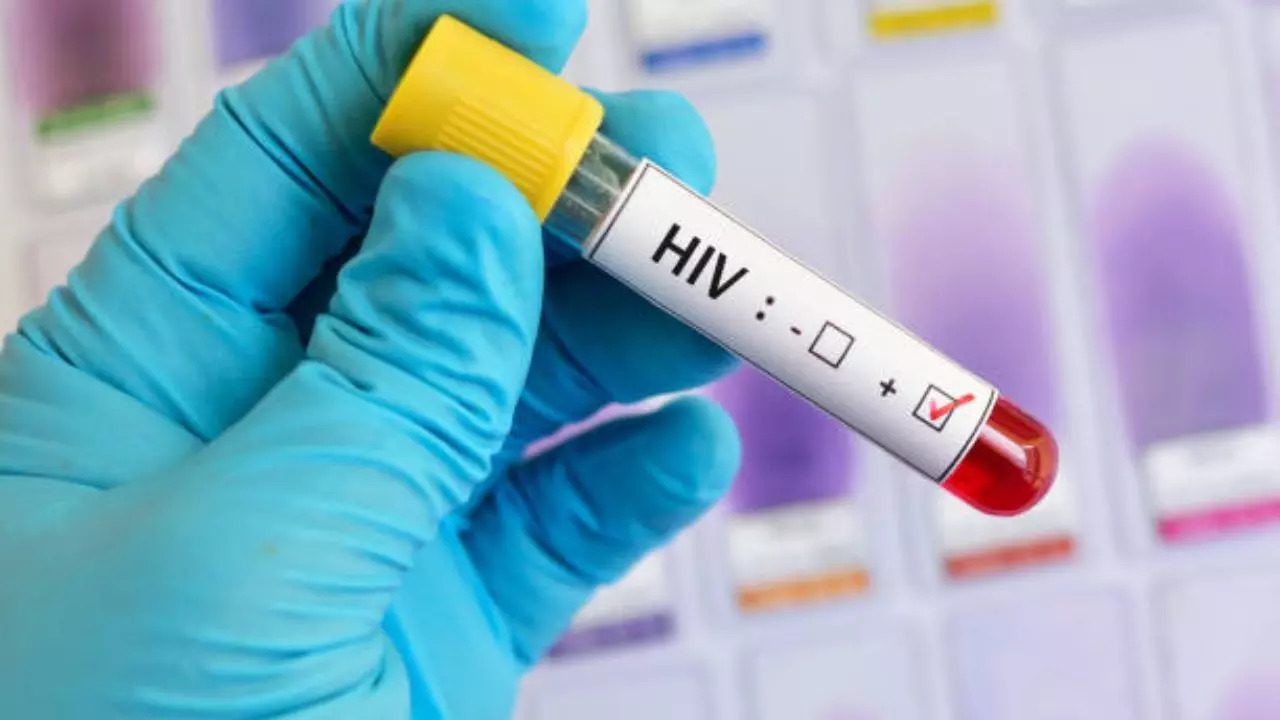Three-fold rise in HIV-AIDS cases in Pune’s Pimpri-Chinchwad – Symptoms to look out for
The Pimpri-Chinchwad Municipal Corporation (PCMC) has recorded a significant increase in HIV-AIDS cases in the last three years, from 199 cases in 2020-2021 to 606 cases in 2022-2023. Read on to know about the symptoms and prevention measures.

Three-fold rise in HIV-AIDS cases recorded in Pimpri-Chinchwad, Pune (Image courtesy: iStock)
Acquired immunodeficiency syndrome (AIDS), is a chronic disease caused by the human immunodeficiency virus, also known as HIV. According to research, HIV damages the immune system leaving the body less able to fight off infection and disease.
According to the latest environment status report, the Pimpri-Chinchwad Municipal Corporation (PCMC) has reported a rise in pollution. hiv aids The highest number of cases were reported in a span of three years. In 2020-2021, PCMC recorded 199 cases of HIV-AIDS, which increased to 220 in 2021-2022 and 606 in 2022-2023. However, the report shows a steep decline in sexually transmitted diseases (STIs) during the same period. 1,460 cases of STDs were reported in 2020-2021, which increased to 1,987 in 2021-2022 and reduced to just 18 in 2022-2023.
According to health officials, the large number of migrants of reproductive age is the reason for the increasing number of HIV cases. Awareness and targeted screening have helped health experts identify HIV cases early. So what are the signs and symptoms of HIV-AIDS?
Symptoms of HIV-AIDS
According to experts, some people infected with HIV develop a flu-like illness within 2 to 4 weeks after the virus enters the body. This stage can last from a few days to several weeks. At the same time, some people do not show any symptoms during this stage.
Possible symptoms include:
– Fever.
– Headache.
– Pain in muscles and joints.
– rash.
– Sore throat and painful ulcers in the mouth.
– Swollen lymph glands, also called nodes, occur mainly on the neck.
– Diarrhea.
– Weight loss.
– cough.
– night sweats.
How is HIV-AIDS spread?
HIV is mainly spread through the following means:
- Unprotected sexual contact with an infected person.
HIV is not spread through casual contact such as hugging, shaking hands, or sharing food or drinks.
Stages of HIV-AIDS
HIV infection goes through several stages, each of which has different characteristics:
1. Acute HIV infection (acute retroviral syndrome)
– Time frame: 2 to 4 weeks after exposure.
– Symptoms: Some people may develop flu-like symptoms, including fever, headache, muscle aches, rash, sore throat, swollen lymph nodes and night sweats.
2. Chronic HIV infection (clinical latency stage)
– Time frame: can last several years.
– Symptoms: Often asymptomatic, although some people may have mild symptoms. The virus continues to multiply, but at lower levels. Without treatment, the infection will eventually progress.
3. AIDS (Acquired Immunodeficiency Syndrome)
– Time frame: This can develop if HIV is left untreated, usually 10-15 years after initial infection.
– Symptoms: Severe damage to the immune system, making the body vulnerable to infection and cancer. Symptoms can include rapid weight loss, recurrent fevers, extreme fatigue, long-term swelling of the lymph nodes, and chronic diarrhea.
Measures to reduce the risk of HIV-AIDS
Experts recommend the following measures to reduce the risk of HIV-AIDS. These include:
– Use latex condoms (rubber) whenever you have any type of sex (vaginal, anal or oral).
– Do not use condoms made from animal products (such as sheepskin).
– Use a water-based lubricant (lotion).
Never share needles to take medicines.
– Get tested and treated for other sexually transmitted diseases (STIs). Other sexually transmitted diseases can put you at greater risk for HIV infection.
Get the latest news on Times Now as well as breaking news and top headlines from across health and the world.


